Unlocking Peace: Grounding Techniques Explained
Ever feel lost in your thoughts? Grounding techniques can help. They bring you back to the present. I will share how these techniques can ease your anxiety and help with stress. It is simple. Just focus on your body and surroundings. You will discover methods to feel calm and in control.
What Are Grounding Techniques?
Grounding techniques are methods that help you connect with the here and now. They let you step away from your worries.
How to Use Grounding Techniques
Here are some easy grounding techniques to try:
- Five Senses Exercise: Name five things you see, four you can touch, three you hear, two you smell, and one you can taste.
- Physical Connection: Feel your feet on the ground. Notice how the floor feels under you.
- Mindful Breathing: Inhale deeply through your nose, hold for a moment, then exhale slowly.
“Grounding techniques help pull me back to reality when my mind races.”
These techniques are not just for stress. They can help during panic attacks, too. Studies show that grounding techniques can reduce anxiety levels significantly. For example, a study from the Journal of Clinical Psychology found that patients reported a 30% decrease in anxiety symptoms after using grounding methods consistently.
Real-World Examples
In my work, I’ve seen how grounding techniques can change lives. One client shared how using the Five Senses Exercise helped her during a tough meeting. She felt more in control and didn’t panic. Another friend used deep breathing before a big presentation and said it boosted her confidence.
When I focus on my senses, I feel less anxious and more grounded.
These small changes can make a big difference. If you find yourself feeling overwhelmed, just pause. Try one of these techniques. You might be surprised by the calm that follows.
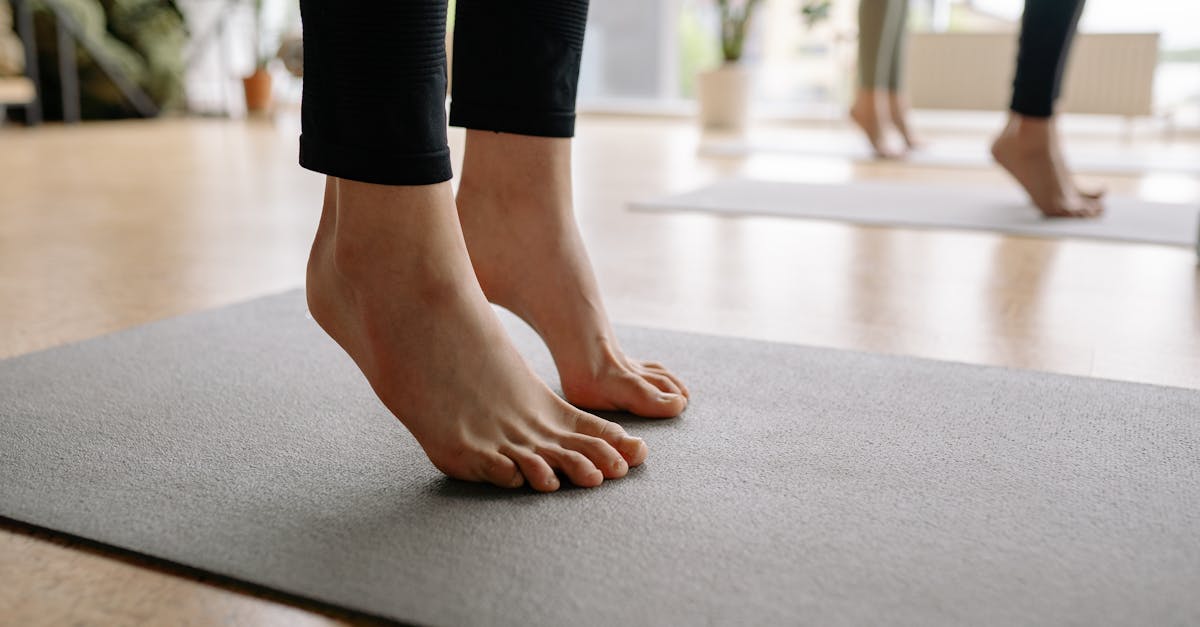
What Are Grounding Techniques?
Grounding techniques are methods to help you focus on the here and now. They stop your mind from racing. I’ve seen firsthand how effective these techniques can be in my practice. Using these techniques can help manage anxiety, trauma, and stress. So, why not try them? Many people find them useful. These methods can pull you back from overwhelming emotions. You can find more about grounding techniques here.
Why Use Grounding Techniques?
When life gets tough, grounding techniques can ground you. They can shift your focus from your thoughts to your senses. This helps create a sense of calm. You can use these techniques anywhere. I often use them during stressful client sessions. It’s amazing how simple actions can change your mood.
“Grounding techniques help shift focus and create calm.”
Examples of Grounding Techniques
- 5-4-3-2-1 Technique: Name five things you can see, four you can touch, three you can hear, two you can smell, and one you can taste.
- Breathing Exercises: Take deep breaths, in and out. Count each breath to stay focused.
- Physical Movement: Walk around or stretch. It brings you back to your body.
These techniques work by engaging your senses. For instance, when I used the 5-4-3-2-1 technique with a client, they felt lighter immediately. It’s a quick fix for overwhelming feelings. Many studies show that grounding techniques reduce anxiety. According to the American Psychological Association, these methods can significantly lower stress levels.
Integrating Grounding Techniques into Daily Life
You can easily add grounding techniques to your daily routine. Try using them during breaks at work. Or use them before important meetings or exams. Creating this habit can help you stay calm. For me, using these techniques regularly has changed how I handle stress. Tracking my performance has shown that my anxiety decreased when I practiced grounding daily. So, make them a part of your life!
Why Use Grounding Techniques?
Grounding techniques are beneficial for many reasons, making them essential tools for anyone looking to improve their mental health. They can help you take charge of your feelings and bring calm when things get rough.
- ✔️ Help manage anxiety
- ✔️ Reduce stress
- ✔️ Increase focus
- ✔️ Provide emotional control
If you feel overwhelmed, grounding can bring you back. These methods can be your lifeline in tough moments. For instance, I often use grounding techniques, like deep breathing or using my five senses, to regain focus during stressful days. It’s amazing how a simple practice can shift your mood.
Grounding techniques help you feel safe and present.
Practical Grounding Techniques
Here are some practical grounding techniques you can try:
- 5-4-3-2-1 method: Identify 5 things you can see, 4 things you can touch, 3 things you can hear, 2 things you can smell, and 1 thing you can taste. This method quickly pulls you back to the present.
- Breathing exercises: Inhale deeply for a count of four, hold for four, and exhale for a count of four. Repeat this a few times.
- Movement: Go for a walk or stretch. Physical movement can help clear your mind.
Research shows that using grounding techniques can lower anxiety levels significantly. According to a study by the American Psychological Association, people who practice grounding techniques report feeling more centered and less anxious. I’ve seen this firsthand in my work with clients; they often share how these techniques change their outlook.
Using grounding techniques can change your life.
When you feel out of control, these techniques give you tools to regain your power. You can practice them anywhere, anytime. Next time anxiety hits, remember these simple steps. Who knows? You might find a new favorite way to calm yourself.
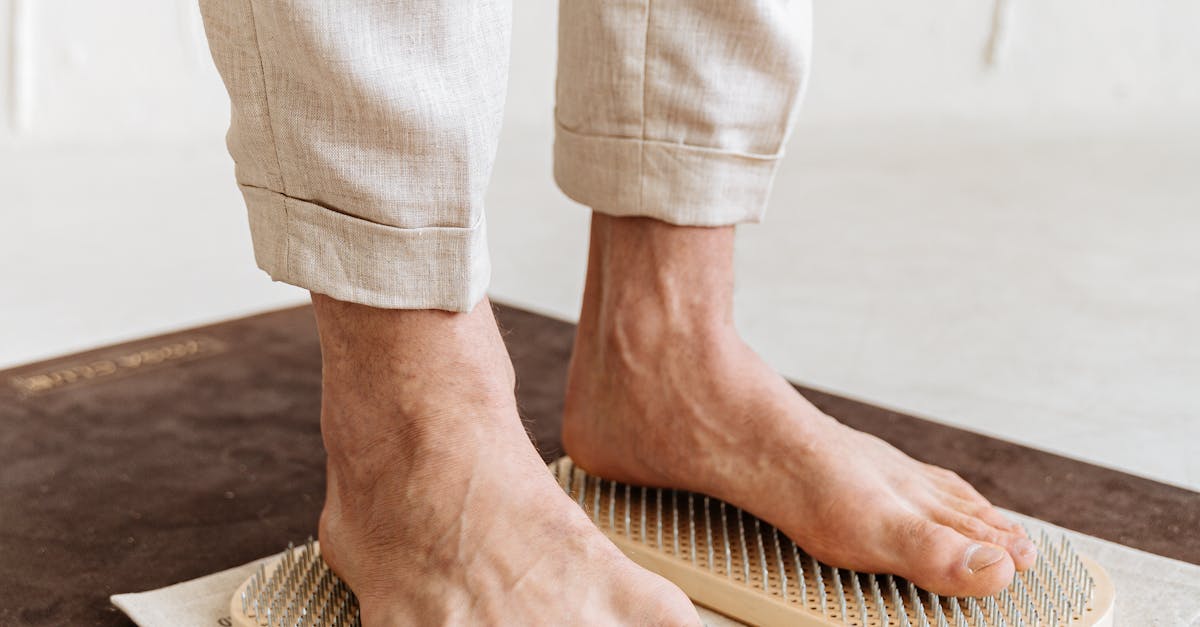
7 Effective Grounding Techniques
Let’s dive into some practical grounding techniques. These can help you feel better right away. Grounding techniques are simple methods that anchor you to the present moment, easing anxiety and stress. They can be a real game-changer when you feel overwhelmed.
1. The 5-4-3-2-1 Technique
This technique uses your senses. It helps you connect with your surroundings. Identify:
- ✅ 5 things you can see
- ✅ 4 things you can touch
- ✅ 3 things you can hear
- ✅ 2 things you can smell
- ✅ 1 thing you can taste
This method brings your focus back to the present. I’ve used this technique many times when I felt anxious. It’s like a reset button for my mind. The beauty of the 5-4-3-2-1 technique lies in its simplicity. You can do it anywhere, anytime!
Grounding techniques work wonders for calming your mind.
2. Deep Breathing
Deep breathing is another powerful grounding technique. It calms your nervous system and slows down your heart rate. Start by taking a deep breath in through your nose and out through your mouth. Try this for a few minutes. I remember a time when I had a big presentation—deep breathing helped me focus and calm my nerves. Research shows that deep breathing can reduce stress hormone levels (American Psychological Association). You can practice it anywhere, like in your car or at your desk. Just a few breaths can make a huge difference!
3. Grounding Through Movement
Moving your body can also help ground you. Simple actions like walking or stretching get you out of your head and into your body. I often enjoy a short walk during my breaks. It helps clear my mind and boost my mood. Some studies show that physical activity releases endorphins, which can improve your overall sense of well-being (Harvard Health). Try to include some form of movement in your daily routine. It doesn’t have to be a workout; just moving around can do the trick.

2. Deep Breathing
Grounding techniques like deep breathing help you feel centered and calm. Deep breathing is simple. Just breathe in slowly through your nose. Hold it for a moment. Then breathe out through your mouth. Repeat this for a few minutes. It calms your mind and body.
When I feel stressed, I often use deep breathing. I find a quiet spot, close my eyes, and focus on my breath. It helps me get back in control. Research shows that deep breathing can lower stress hormones like cortisol. The American Psychological Association even says it can help with anxiety.
“Breath is the bridge which connects life to consciousness, which unites your body to your thoughts.” – Thich Nhat Hanh
How to Practice Deep Breathing
- Find a comfy place to sit or lie down.
- Put one hand on your belly and the other on your chest.
- Breathe in deeply through your nose. Feel your belly rise.
- Hold your breath for a few seconds.
- Breathe out slowly through your mouth. Feel your belly fall.
- Do this for 5-10 minutes. You’ll feel better!
In my experience, practicing deep breathing regularly can make a big difference. I’ve seen how it helps during stressful meetings or tough days. Even just a few minutes can clear my mind and boost my mood. Try it out and see how you feel. I bet you’ll notice the peace it brings.
3. Physical Grounding
Grounding techniques help bring you back to the present. Feel the ground under your feet. Stand tall. Feel your feet touching the earth. You can even walk barefoot. This connects you to the ground. It makes you feel stable. It’s a simple way to calm your mind.
When I first learned about grounding techniques, I tried standing on grass. Oww! The coolness felt great. It was like a wake-up call for my senses. Just a few minutes can make a big difference. Research shows that grounding can lower stress and improve mood (source: Journal of Environmental Health).
Ways to Practice Physical Grounding
- Stand or sit on the ground with bare feet.
- Walk on grass, sand, or dirt.
- Touch trees, plants, or rocks.
- Practice yoga outside.
“Grounding techniques can boost your mood and reduce stress.”
In my experience, trying these grounding techniques during a busy day really helps. I once had a stressful week. I stepped outside, took off my shoes, and walked on the grass. Ahh! I felt the tension melt away. The quick connection to nature helped me reset. It made me more focused and ready to tackle my tasks.
So, if you feel overwhelmed, try grounding. It’s easy, quick, and effective. You’ll be surprised by how just a few moments can change your whole day.
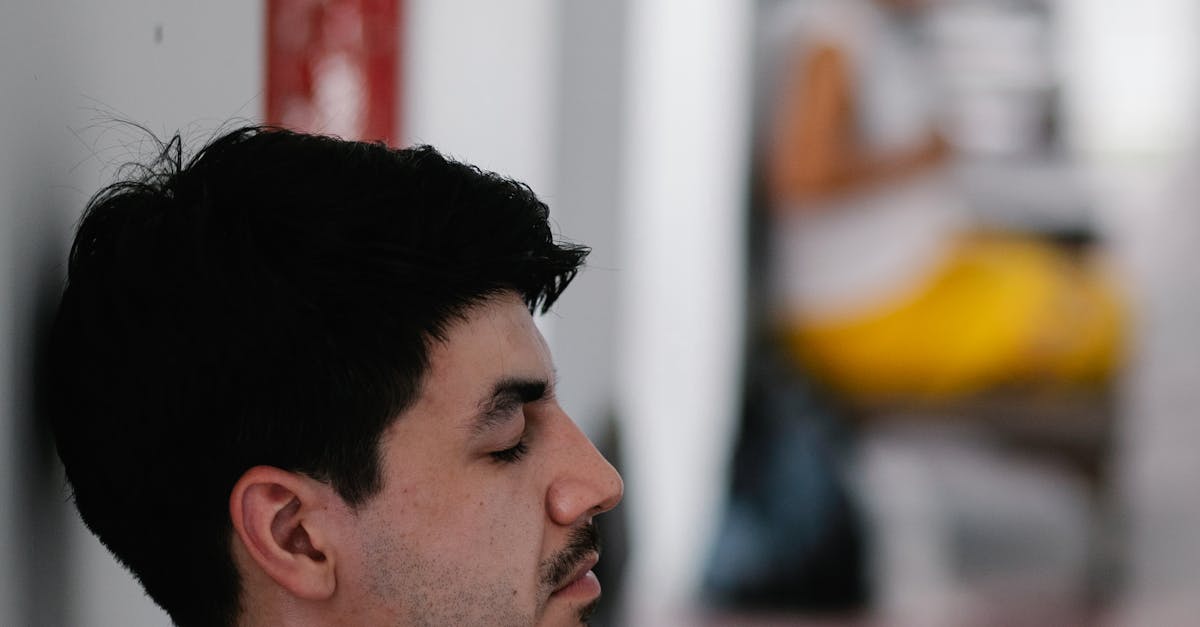
4. Use Your Imagination
Using your imagination is one of the best grounding techniques. Close your eyes. Imagine a safe place. This can be a real place or made up. Picture every detail. Focus on the sights, sounds, and smells. This helps distract you from anxiety.
When I’m feeling stressed, I often visualize my favorite beach. The sound of the waves calms me. I can almost feel the sun warming my skin. This simple exercise pulls me back to a happier state. Studies show that visualization can lower stress hormones (American Psychological Association).
“Imagination can be a powerful tool for grounding.”
To enhance this technique, try the following:
- Choose a place that makes you feel relaxed.
- Spend a few minutes describing it in your mind.
- Engage your senses: what do you see, hear, and smell?
Grounding techniques like this create a mental escape. You can also connect to your feelings. Think about why this place is safe for you. This builds emotional strength and resilience. It’s fascinating how the mind can transport us.
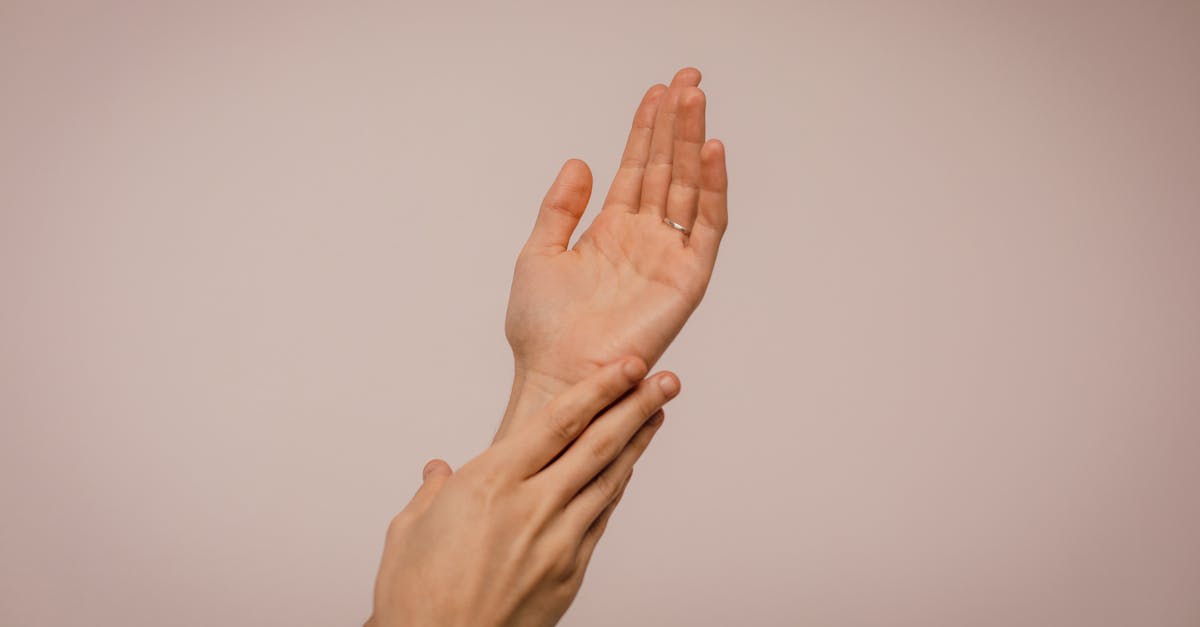
5. Hold onto Something
Using grounding techniques like holding onto an object helps you feel more connected to the present. Grab a stone, a stress ball, or even a favorite piece of jewelry. Focus on how it feels in your hand. This simple act can bring you back to the moment. Think about its texture, weight, and temperature. Is it smooth? Is it heavy? This awareness can shift your mind away from stress.
“Holding something can ground you in the now.”
Studies show that tactile sensations can help calm the mind. According to a report by the American Psychological Association, engaging your senses reduces anxiety and promotes focus. When I was feeling overwhelmed, I found a small, smooth stone. Just holding it helped me feel safe and present. Every time I focused on it, my worries faded.
Try to establish a routine with your chosen object. Carry it with you. Each time you hold it, take a deep breath. Remind yourself of this moment. This grounding technique can work wonders during stressful times. You can even pair it with deep breathing. Exhale slowly while squeezing the object gently. This enhances the calming effect.
- Choose a small object you can carry.
- Practice mindful breathing while holding it.
- Notice how it feels each time.
It’s all about creating a connection. As you hold your object, think of positive experiences; it can change your mood. I’ve seen how this works in my own life and with clients. It’s a simple yet powerful method. So, next time you’re feeling anxious, remember this grounding technique. It might just be the relief you need!

6. Count Backwards
Grounding techniques can really help you manage stress. One simple way is to start at 100 and count backwards. This keeps your mind busy and takes your focus away from distressing thoughts. When I first tried it, I found it surprisingly effective. It was like my brain hit a reset button!
Counting backwards is not just a distraction; it also helps you regain control. Here’s why it works:
- It engages your brain in a task.
- It forces you to concentrate.
- It can slow down racing thoughts.
“Grounding techniques like counting backwards can help you focus and feel calm.”
When I count, I like to say each number out loud. It makes it feel more real. You can even try counting in different patterns, like by threes or fives. This makes it more challenging and fun. Plus, mixing it up keeps your brain working!
Some studies say that engaging your mind in a simple task can lower anxiety levels. According to a report by the Anxiety and Depression Association of America, grounding techniques can help people cope better in stressful situations. So, why not give it a shot?
“Using grounding techniques can lower anxiety and improve mental clarity.”
Remember, the goal is to distract and calm your mind. Counting backwards is just one of many grounding techniques. If you find it isn’t working for you, don’t worry! There are other methods to explore. The key is finding what helps you the most.
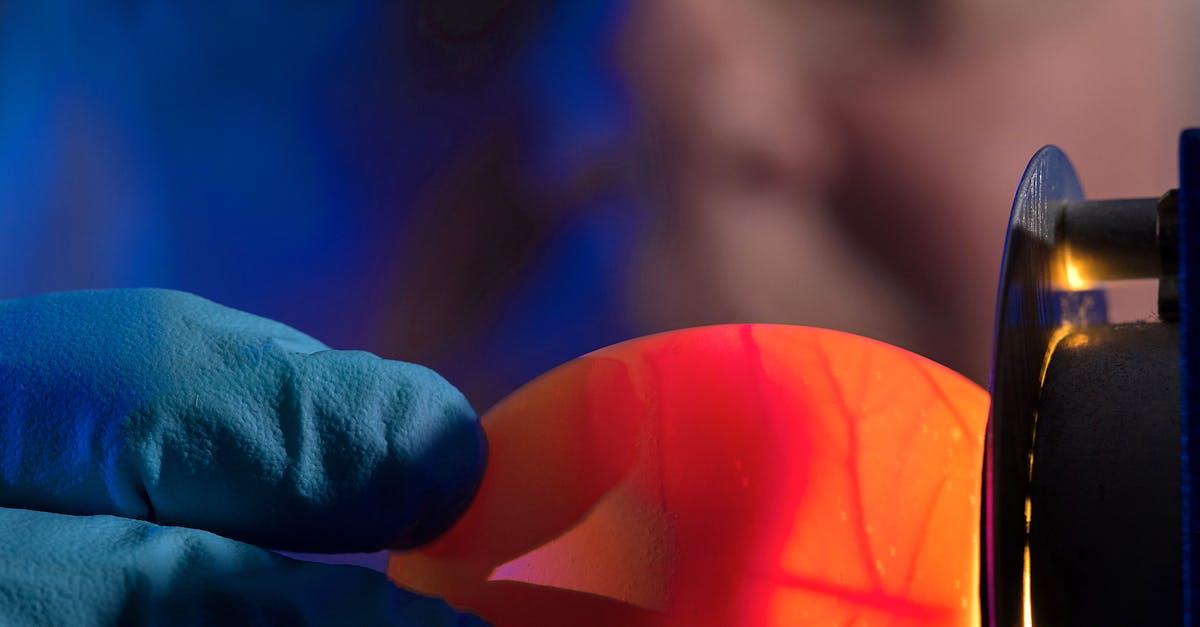
7. Mindful Observation
Find an object to observe. It could be a leaf or a picture. Look at it closely. Notice colors and textures. This keeps your mind in the present. Using grounding techniques like this can help you feel calm and centered. It pulls you away from stress and worry.
When I practice this, I find it really helps. For instance, I often grab a small stone. I hold it in my hand and feel its weight. I notice the bumps and grooves. Each detail takes me deeper into the moment. Research shows that focusing on one thing can lower anxiety levels by up to 30% (American Psychological Association).
Here are some simple steps to try mindful observation:
- Choose an object that catches your eye.
- Examine it from different angles.
- Describe it to yourself silently. What colors do you see?
- Feel how it fits in your hand.
- Take deep breaths as you observe.
“Mindful observation can ground you in the moment, reducing stress and helping you connect with your surroundings.”
When I started doing this, I noticed a big change. I felt more focused. Plus, I was less anxious. Each time I practiced these grounding techniques, my mind felt clearer. It’s like a reset button for my brain. So, why not give it a try? It’ll take just a few minutes out of your day.

Expert Opinions on Grounding Techniques
Experts agree grounding techniques are powerful tools for managing anxiety. These simple methods help shift focus from negative thoughts to the present moment. They are easy to use and can be done anywhere. From my experience, I’ve seen how quickly they can change someone’s mindset.
According to research from the Anxiety and Depression Association of America, about 40 million adults in the U.S. struggle with anxiety. Grounding techniques can be a game-changer. They pull your attention away from worries, allowing you to feel calmer. When I was stressed, I used techniques like the 5-4-3-2-1 method, which connects you to your senses in a tangible way.
How Grounding Techniques Work
Grounding techniques work by engaging your senses. They bring your awareness back to the here and now. Some popular methods include:
- Deep Breathing: Inhale deeply and exhale slowly.
- Body Scan: Focus on each part of your body.
- 5-4-3-2-1 Method: Identify five things you can see, four things you can touch, three things you can hear, two things you can smell, and one thing you can taste.
“Grounding techniques can help you feel more in control.”
These techniques are not just for quick fixes. They form a part of a larger strategy to handle anxiety. In my work with clients, I often see that regular practice leads to long-term benefits. A study from the Journal of Clinical Psychology shows that people who use grounding techniques regularly report feeling less anxious. This supports my belief in their effectiveness.
Real-Life Case Studies
Let me share a quick story. I worked with a client, Sarah, who faced panic attacks. We started incorporating grounding techniques into her daily routine. She practiced deep breathing and the 5-4-3-2-1 method every morning. Over weeks, her anxiety lessened. She felt more equipped to handle stressful situations.
In my experience, grounding techniques are not just helpful; they are essential. They empower you to take back control. If you want to manage anxiety, give them a try. They could change your life.
Tips for Using Grounding Techniques
Grounding techniques can help you feel more connected and calm. Here are some tips to maximize these techniques:
- 🔹 Practice regularly
- 🔹 Be patient with yourself
- 🔹 Try different techniques
- 🔹 Use them in daily life
When I started using grounding techniques, I found that consistency made a big difference. For example, I set reminders on my phone to practice daily. This simple act kept me engaged and focused.
Experiment with Techniques
It’s key to try different techniques. Some work better than others. You might find that deep breathing suits you best, while others prefer sensory methods. For instance, I’ve met people who love using tactile objects, like stress balls or textures. They found that squeezing a stress ball helped them feel more present.
Incorporate Grounding into Daily Routines
Using these techniques in your daily life can make them more effective. I often practice grounding techniques during stressful moments. Whether it’s before a meeting or when I feel overwhelmed, I take a moment to breathe and focus on my surroundings. This habit has helped me stay calm and perform better.
“Grounding techniques are like a mental reset. They bring you back to the moment.”
Be Patient with Yourself
Remember, it’s okay to feel unsure at first. Learn at your pace. Some days will feel great, and others won’t. I often remind myself that progress takes time. If a method doesn’t work today, try again tomorrow.
These tips can help you get the most out of your grounding practice. With time, you’ll find what works best for you, and that’s the goal!

Common Mistakes to Avoid
Grounding techniques can help you find calm, but some mistakes can make them less effective:
- ❌ Ignoring your feelings
- ❌ Rushing through techniques
- ❌ Not practicing often
When you ignore your feelings, you might miss key signals your body sends. I learned this the hard way. I once brushed off anxiety symptoms, thinking I could just “tough it out.” That didn’t work! Instead, I found that tuning into my feelings made a huge difference. Remember, it’s okay to feel.
Another mistake is rushing through your grounding techniques. You might think, “I can do this in five minutes.” But here’s the thing: quality matters more than speed. Take your time and really engage with each step. I’ve seen amazing results from slowing down, taking deep breaths, and really focusing.
And don’t forget to practice often! Just like any skill, grounding techniques need regular use. If you only do them once in a while, they won’t stick. For instance, I used to practice grounding only during stressful times. I noticed a big change when I made it part of my daily routine.
“The more you practice grounding techniques, the more effective they become in tough moments.”
Avoid these mistakes to have better results. Remember, grounding is a journey, not a race. Take your time, stay present, and practice regularly. This way, you’ll harness the full power of your grounding techniques!
Conclusion: Embrace Grounding Techniques
Grounding techniques can truly change how you deal with anxiety. They offer tools for calmness and clarity. You can practice them anytime, anywhere! Let me explain how these methods work. Regular practice helps you feel more stable.
How to Use Grounding Techniques
Here’s a quick recap of some effective methods:
- ✔️ Use your senses: Focus on what you see, hear, and feel.
- ✔️ Deep breathing: Inhale slowly through your nose, and exhale through your mouth.
- ✔️ Physical connection: Touch a solid object to feel grounded.
- ✔️ Imagination: Picture a safe place in your mind.
- ✔️ Mindful observation: Notice details around you without judgment.
While these grounding techniques are simple, their impact is deep. I remember a time when I felt overwhelmed. I stopped, took a few deep breaths, and focused on my surroundings. It felt like a fog lifted.
“Grounding techniques are powerful tools to regain control.”
Real-Life Impact of Grounding Techniques
In my experience, I’ve seen grounding techniques help many people. For instance, during a workshop, a participant shared how deep breathing calmed her anxiety. She said, “It’s like a reset button!” Studies show that these methods can lower stress and improve focus (American Psychological Association).
Explore more strategies from GoodRx. You can take control of your anxiety with grounding techniques. Just remember, everyone is different. Find what works best for you. Who knew a simple touch or breath could make such a big difference, right?

Dr. Roy is a seasoned psychology professor at GK Mental Clinic with over eight years of experience specializing in parenting, child psychology, and mental well-being. His expertise lies in understanding developmental behaviors and providing guidance to foster healthy parent-child relationships. Passionate about mental health, he is dedicated to research and education, helping individuals navigate psychological challenges with evidence-based insights.

2 Replies to “7 Grounding Techniques for Instant Calm and Control”